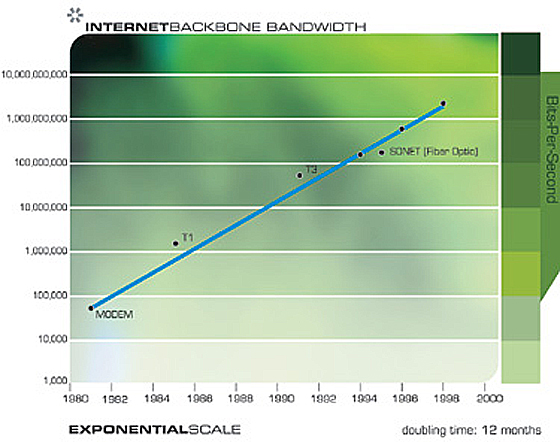So some of you might have already seen the brief glimpse into the future in this previous thread. Discussion was brief and lacking information, so the potential impact of this technology was essentially lost.
Time has gone by and Steve Perlman (a name we will all soon know) has released the white paper for his company Reardens new DIDO technology. So far, itll looking like it will do everything it says it will do.
Distributed-Input-Distributed-Output (DIDO) Wireless Technology - A New Approach to Multiuser Wireless
This is another excellent article about this momentous technology.
Steve Perlman's Wireless Fix
This is the backbone on which cloud computing will be built on. Google, Apple, Amazon, Microsoft etc etc are piecing together the building blocks for a true cloud future. However without this technology, they will effectively be tethered to slow, unreliable connections, crippling their true potential.
This is the future right here. This is going to define our generation.
Time has gone by and Steve Perlman (a name we will all soon know) has released the white paper for his company Reardens new DIDO technology. So far, itll looking like it will do everything it says it will do.
Distributed-Input-Distributed-Output (DIDO) Wireless Technology - A New Approach to Multiuser Wireless
This is another excellent article about this momentous technology.
Steve Perlman's Wireless Fix
This is the backbone on which cloud computing will be built on. Google, Apple, Amazon, Microsoft etc etc are piecing together the building blocks for a true cloud future. However without this technology, they will effectively be tethered to slow, unreliable connections, crippling their true potential.
This is the future right here. This is going to define our generation.

